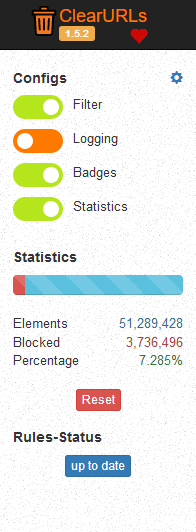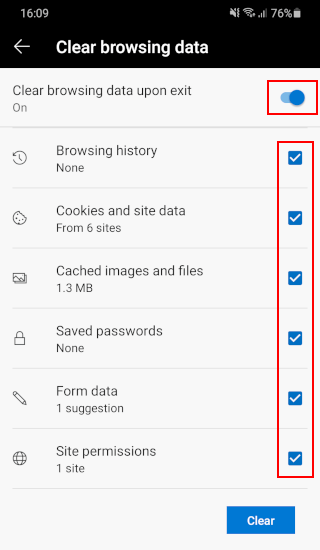
The history books (git commit logs) show that Brave removed the “Brave/Version” component from their User-Agent string to make it more difficult to fingerprint the browser. You can skip to the last two sections if you’re only interested in the detection code.īrave had a User-Agent of its own in the first few months of its existence, but removed it in April 2016. This makes it easy to reliably detect it even without a unique User-Agent, and I’ll spend most of the article advocating for why Brave should have their own User-Agent. The Brave web browser isn’t brave enough to have their own User-Agent and instead tries to camouflage as Google Chrome.īrave is a very opinionated web browser. This data is primarily used for statistical and troubleshooting purposes.


The User-Agent string is the name that web browsers and other web clients send to web servers to identify their make and model to the server.


 0 kommentar(er)
0 kommentar(er)
